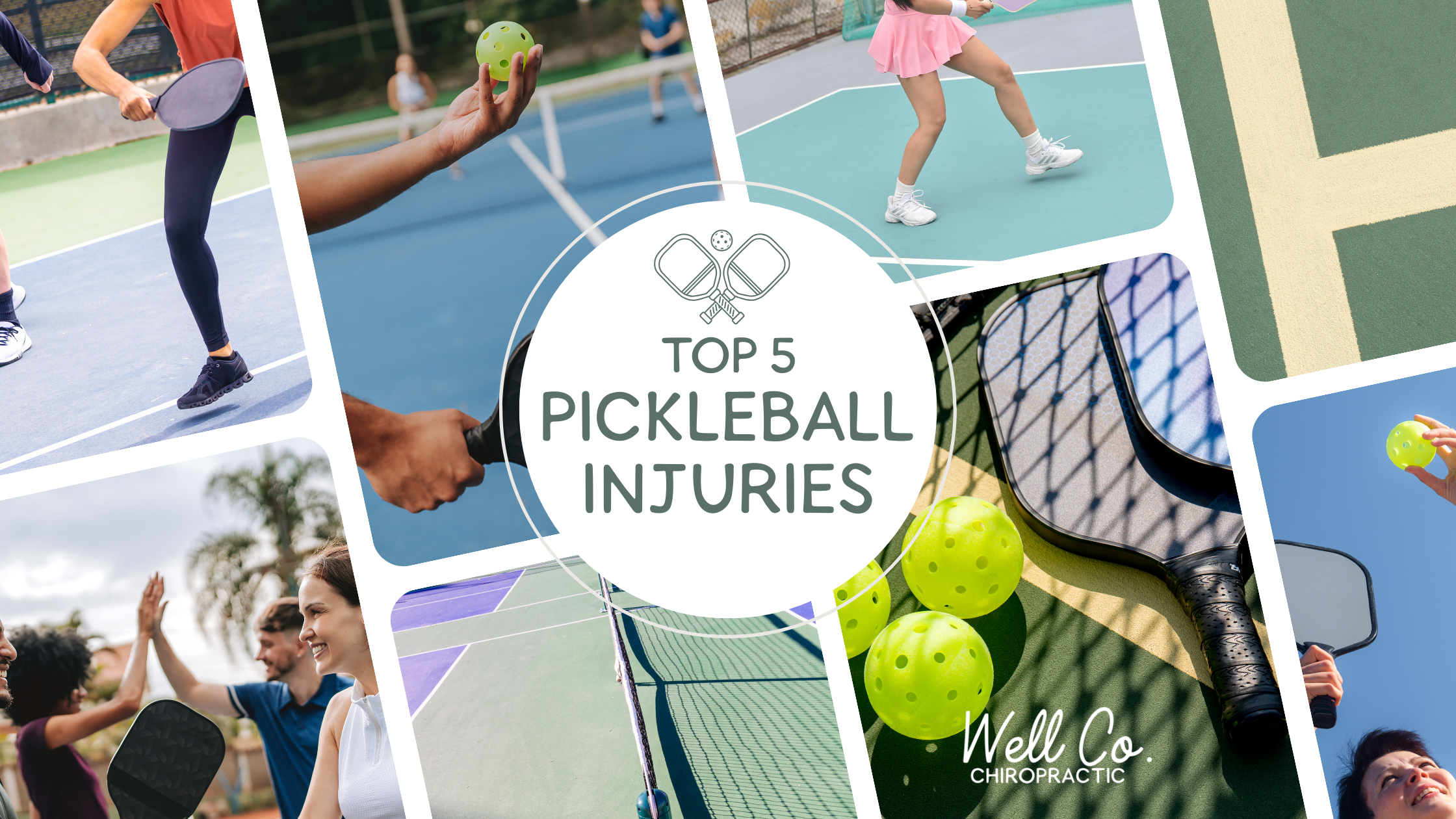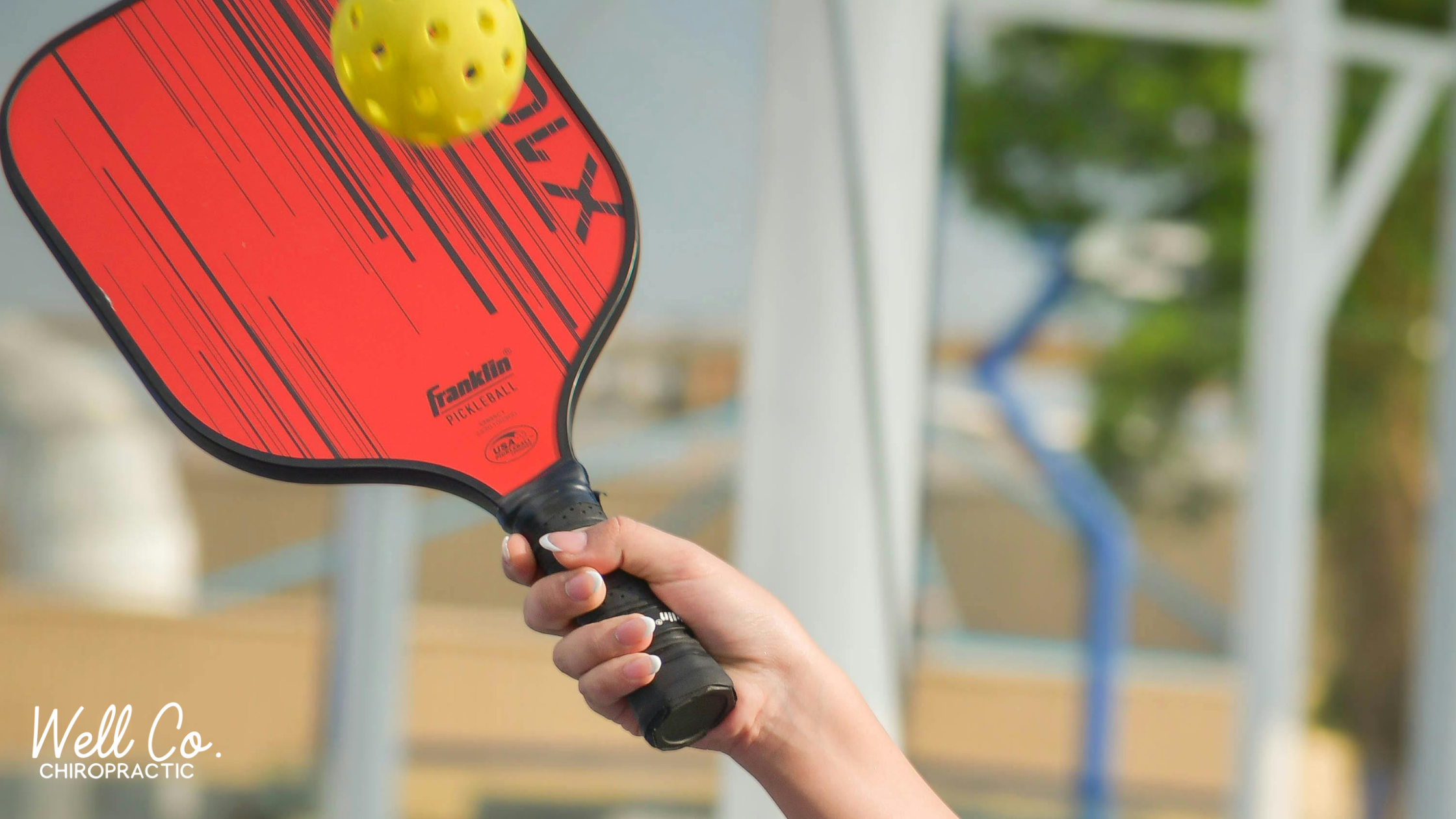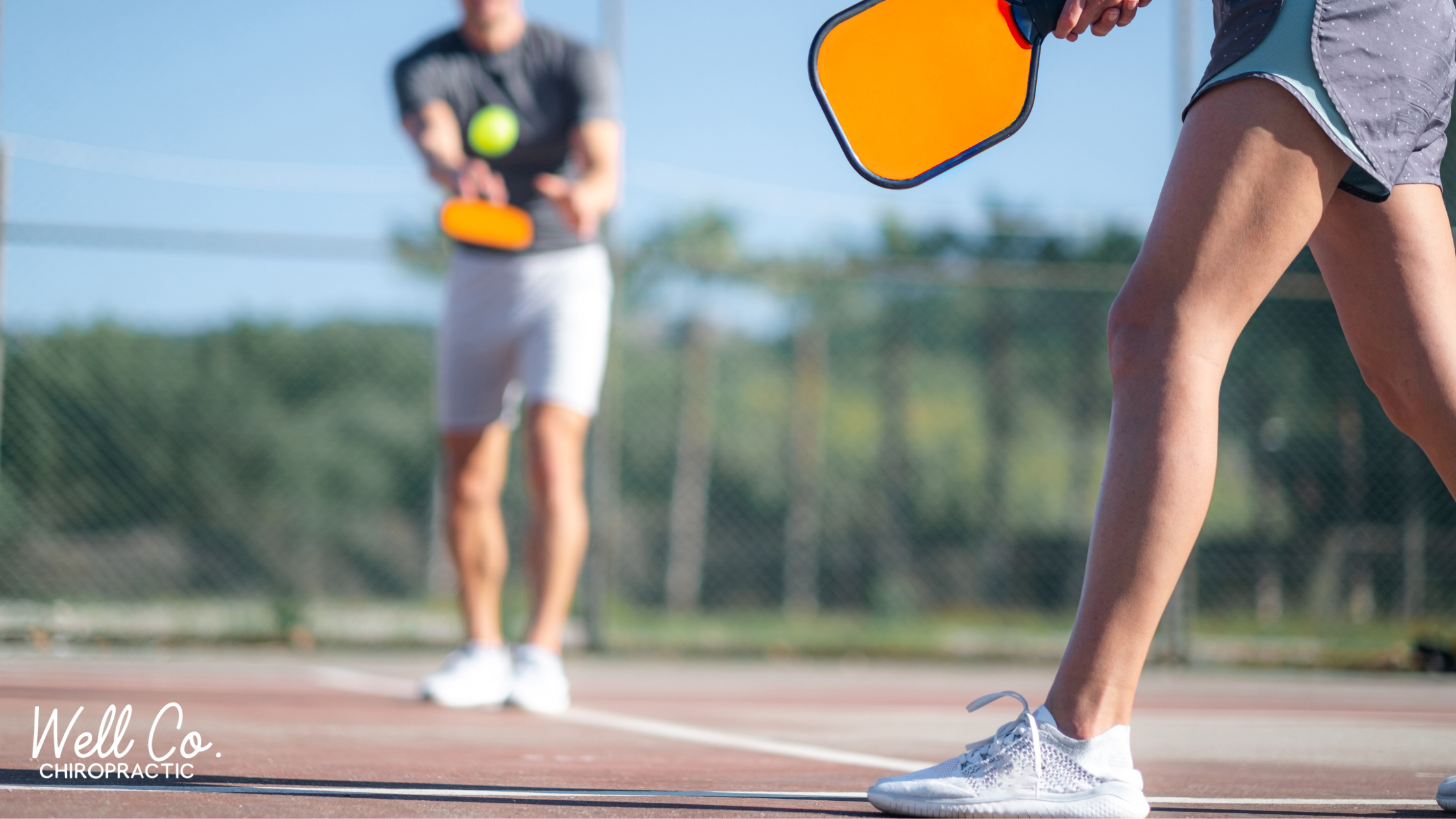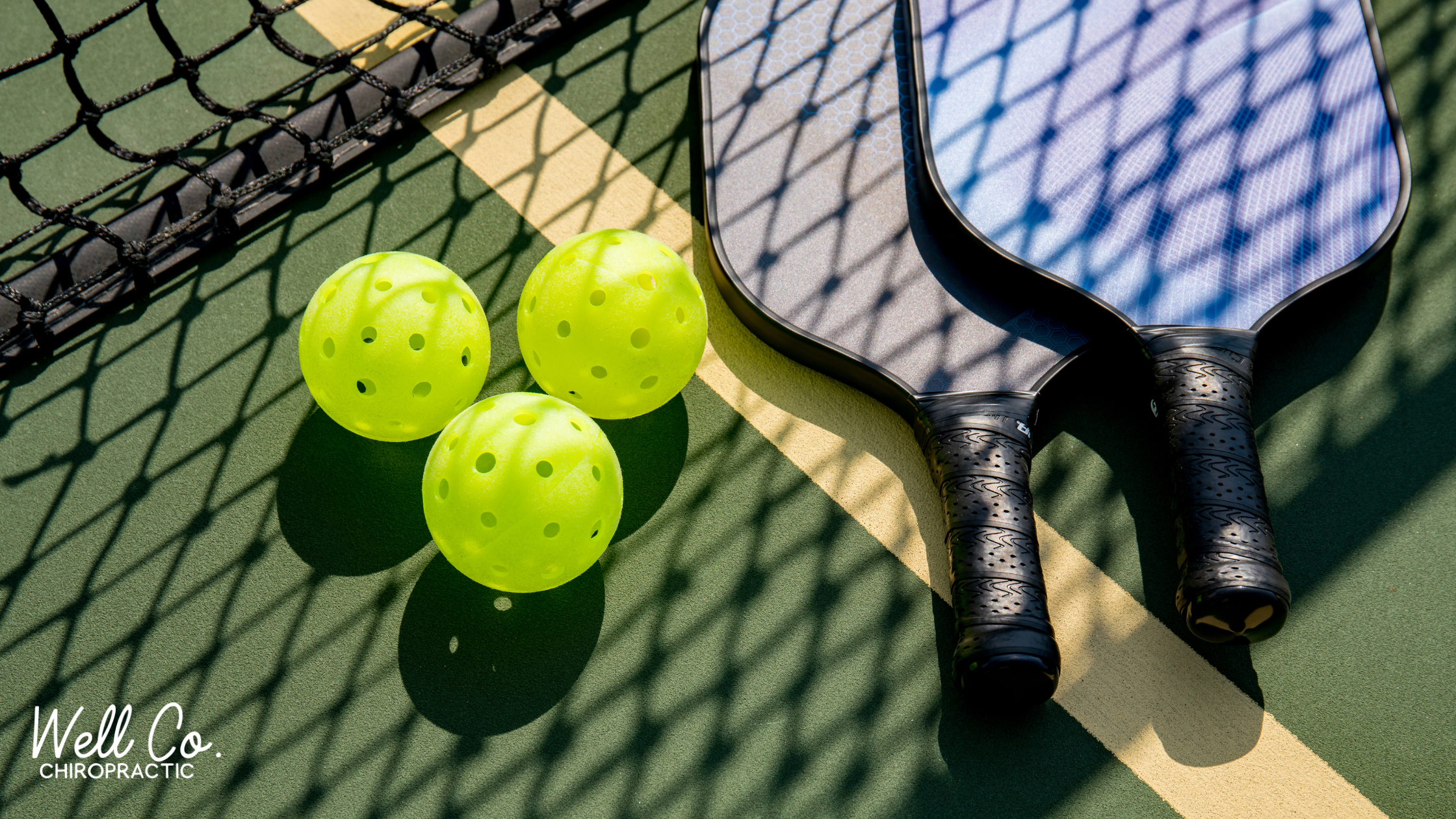Pickleball Injuries Are Rising in Sarasota: Here’s How to Stay on the Court
Pickleball isn’t just a fad, it’s the fastest-growing sport in the U.S. with over 48 million players nationwide. Sarasota has embraced it in a big way, with courts busy year-round thanks to our sunshine. But with the sport’s popularity has come a surge in injuries, especially among players over 50.
At Well Co, we see these injuries every week, and we specialize in helping pickleball players recover with Active Release Technique (ART) and tailored rehab programs.
Here’s what the latest research says about common injuries in pickleball and how we can help you heal and prevent them.
The Most Common Pickleball Injuries
1. Sprains & Strains (Elbow, Shoulder, Ankle)
Strains and sprains make up 30–33% of all pickleball injuries.
Men are 3.5x more likely than women to suffer these overuse injuries.
Younger players (under 60) tend to experience the Achilles, calf, or rotator cuff injuries.
Our approach: ART to release tight tissues, plus mobility and stability drills to restore function.
2. Fractures (Especially Wrist)
Fractures are the single most common injury, accounting for 32–33% of cases.
Most occur in players 65+, often from falling on an outstretched hand.
Women are disproportionately affected, making up nearly 70% of fracture cases.
Our approach: While fractures need imaging, ER, and sometimes surgical referral, we help post-fracture recovery with ART, scar tissue release, and progressive strength work, getting you back on the court even stronger than you were before.
3. Low Back & Trunk Pain
Rotational forces, quick stops, and lunges put stress on the lower back.
Back pain/sciatica is among the top pickleball complaints, especially for players 35–64.
Our approach: Release tight hip flexors and glutes, retrain the core, and build stability for safer rotations.
4. Knee Injuries
Knees take a beating with pivots, lunges, and dives.
Research shows common pickleball knee complaints include meniscus irritation and ligament sprains (hello, Dr. Sandy knows about these)
Falls are the leading cause of acute knee trauma.
Our approach: ART for surrounding muscles (quads/hamstrings), low-impact rehab drills, and knee-safe strength training. And finally: Stability stability stability
5. Ankle & Achilles Problems
Ankle sprains account for ~22% of lower extremity injuries, while Achilles ruptures make up ~12%.
These often occur from sudden stops or “kitchen line” pivots unique to pickleball.
Our approach: Manual therapy to improve tissue healing, proprioceptive training, and return-to-play progressions. (see- stability!)
Additional factors
Gear & court factors: Improper footwear, slippery courts, and even paddle grip style all increase injury risk.
How Well Co Chiropractic Helps Sarasota Pickleball Players
At Well Co Chiropractic, we focus on active recovery, not just rest. Using Active Release Technique (ART), we break down scar tissue, restore movement, and reduce pain. We pair this with personalized rehab to get you back on the court safely.
Our process:
1. Evaluate the injury and underlying movement patterns
2. Release restricted soft tissues with ART
3. Rebuild strength with sport-specific rehab
4. Educate on prevention (footwear, warm-ups, safe pivots)
Ready to Play Pain-Free?
Pickleball should be fun, not painful. If you’re sidelined with an injury or want to stay ahead of them, come see us at Well Co Chiropractic in Sarasota, FL.
References
Touhey DC, et al. Pickleball Injuries in the Aging Athlete: A Critical Analysis Review. Cureus. 2024.
Bondi E. Pickleball Injuries in the Foot and Ankle. Podiatry Management. 2024.
Massillon D, Anders A, Vitale K. Diagnosis and Management of Common Musculoskeletal Injuries in the Pickleball Athlete. Curr Phys Med Rehabil Rep. 2025.
Yu J, et al. Increasing Incidence of Pickleball Injuries Presenting to U.S. Emergency Departments: A 10-Year Epidemiologic Analysis. Orthop J Sports Med. 2025.




